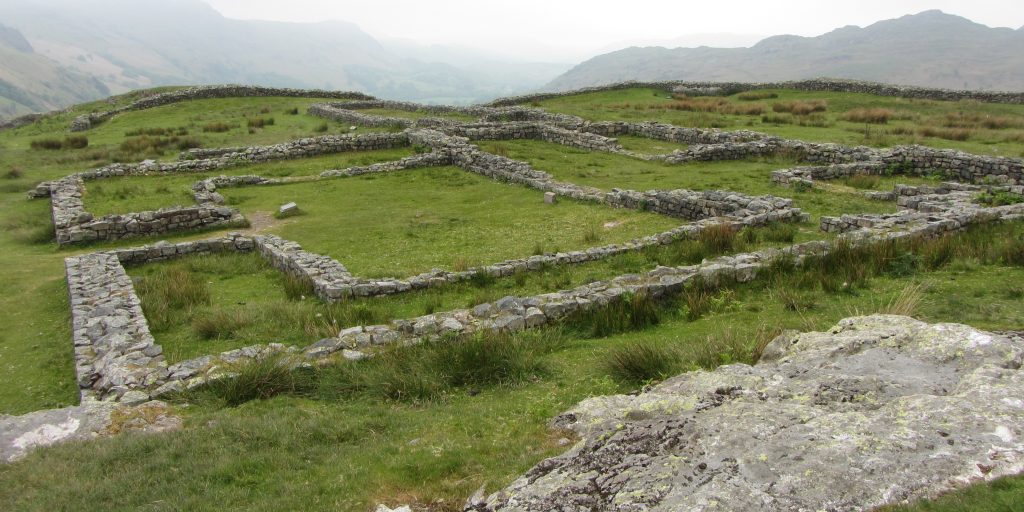A previously unknown Roman fort has been uncovered in north Pembrokeshire.
Others are reading now
In the rolling hills of north Pembrokeshire, Wales, archaeologists have made an exciting discovery: a massive Roman fort that had remained hidden beneath an overgrown field for centuries.
The fort was uncovered by Dr. Mark Merrony, a renowned Roman specialist and tutor at Wolfson College, Oxford.
According to Arkeonews, this ancient site has sparked excitement among archaeologists and is being hailed as a significant discovery.
A Fort of Great Importance
Dr. Mark Merrony described the Roman fort as “humongous” and an “incredible find of national importance.”
Also read
Dr. Merrony, a native of Pembrokeshire, had long suspected that a particularly straight road in the area might have Roman origins. His suspicions were confirmed after analyzing satellite imagery, which revealed dimensions indicative of a Roman fort in a nearby field.
Upon closer inspection of the site, Dr. Merrony found a piece of Roman roofing slate, confirming the presence of Roman ruins.
The fort is believed to have been constructed between the first and third centuries AD during the Roman occupation of the United Kingdom.
It is also the second Roman site to be discovered in Pembrokeshire. The first was excavated in 2013 near Haverfordwest and established the presence of Roman military influence in the region.
Challenging Historical Assumptions
The discovery of this fort has challenged previous assumptions about the relationship between the Romans and the indigenous Celtic Demetae tribe in Wales.
Historically, it was believed that the Demetae lived peacefully with the Roman occupiers.
But the existence of this and other forts suggests a different narrative.
The presence of these forts indicates a more forceful Roman occupation, potentially revealing that the Romans exerted control over the area with a strong military presence.
“I now don’t think they [the Demetae tribe] were pro-Roman at all, but that the Romans were hitting the area with an iron fist,” Dr. Merrony stated.
Exploring the Site
The newly discovered fort is estimated to have covered between 5 and 7.5 acres (2-3 hectares), large enough to house around 500 Roman soldiers, indicating it likely served as an auxiliary fort.
Further exploration of the site has uncovered additional pieces of roofing slate marked by streaks of rust from decayed nails.
This suggest the presence of multiple collapsed buildings.
Local knowledge also hinted at significant material buried beneath the field, as the site had been left unplowed due to the presence of stone and slate just below the surface.
This suggests that the fort, though now in ruins, once had substantial structures.
To protect the integrity of the site, its exact location is being kept confidential until a comprehensive geophysical survey can be conducted.


